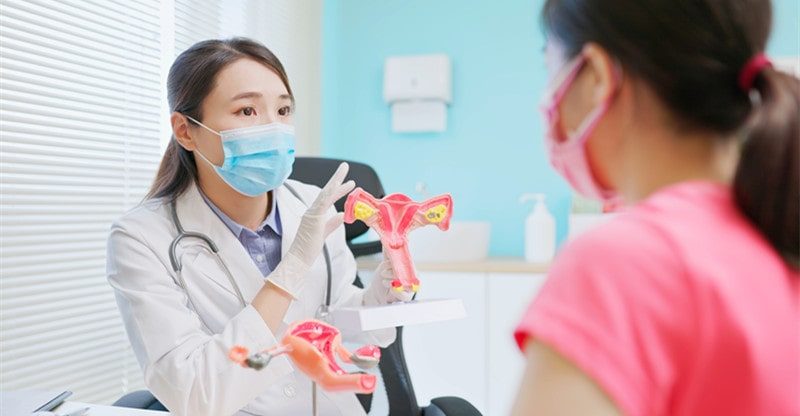Considering Ovarian Rejuvenation in Your Fertility Journey
The journey towards conception is often full of excitement and anticipation. However, it can also be rife with challenges and uncertainty for some. With the advancements in medical science, multiple treatment options have become available that can aid in addressing different fertility issues. If age or ovarian health looms as potential obstacles in your fertility journey, it might be beneficial to consider one of the newer techniques known as Ovarian Rejuvenation.
This process is one of the latest examples of how science and technology combine to revolutionise fertility in this age. But before we extoll the benefits of the process, why don’t we start by learning how ovarian rejuvenation works?
Understanding Ovarian Rejuvenation
Ovarian Rejuvenation is a procedure that stimulates the growth of new eggs or rejuvenates aging eggs in the ovaries. The concept hinges on the belief that women have dormant eggs in their ovaries that specialists can activate through certain treatments.
The primary premise is to induce follicle growth and encourage egg production with a view to fertilisation and, eventually, pregnancy.
Types of Ovarian Rejuvenation
There are various forms of Ovarian Rejuvenation:
1. PRP (Platelet-Rich Plasma) Therapy involves infusing the ovaries with your own platelets, which experts believe will stimulate growth and rejuvenate the ovarian tissue.
2. Stem Cell Therapy: This method involves the prospective injection of stem cells into the ovaries.
PRP therapy is the primary type of Ovarian Rejuvenation in practice today.
What Does PRP Entail?
As mentioned above, PRP therapy involves drawing a sample of your blood which medical specialists then take through centrifugation to separate your platelets and white blood cells (essential components of the rejuvenation process). This technique takes less than one hour. Once ready, your fertility specialist will inject the PRP into your ovaries. They do so using one of two outpatient treatment techniques:
· Uterine Infusion
· Transvaginal Ovary Injection
Transvaginal ovary injection is a short yet intensive non-surgical procedure. A physician uses an ultrasound-guided injection to ‘deliver’ the PRP to your ovaries. While non-invasive, this technique occurs while you are under sedation. It is similar to the egg retrieval process during IVF (In Vitro Fertilisation). Therefore, it is a proven method that ensures safer, shorter recovery.
Uterine Infusion entails the infusion of the PRP into your uterine cavity. Like the transvaginal option, this procedure is relatively short (15 to 20 minutes) and occurs in an outpatient setting. However, anaesthesia is not used in this case, eliminating the need for a recovery period.
Who Can Benefit from Ovarian Rejuvenation?
• Women with low ovarian reserve (Low AMH)
• Those diagnosed with premature ovarian failure
• Women of advanced maternal age
• Women with an inadequate response to ovarian stimulation
• If you’ve had poor IVF responses
• Those whose endometrial lining is thinner than normal
Risks and Success Rates
Like any other medical procedure, particularly in infancy, such as this one, Ovarian Rejuvenation has some possible risks and benefits. Some of the potential dangers might include fever, bleeding or pain at the injection site. The success rates vary widely among patients, and ongoing research strives to optimise the technique.
Working with Your Medical Team
Remember, you must create an open dialogue with your fertility specialist about your best potential options. They are better equipped to provide more in-depth insight into the pros and cons of the procedure, considering your specific medical history and fertility goals.
Finally, always evaluate all treatment options before deciding on one, and don’t hesitate to ask your fertility specialist any questions that may aid you on your journey. But crucially, remember that everyone’s fertility journey is unique, and what works for someone might not work for you.



